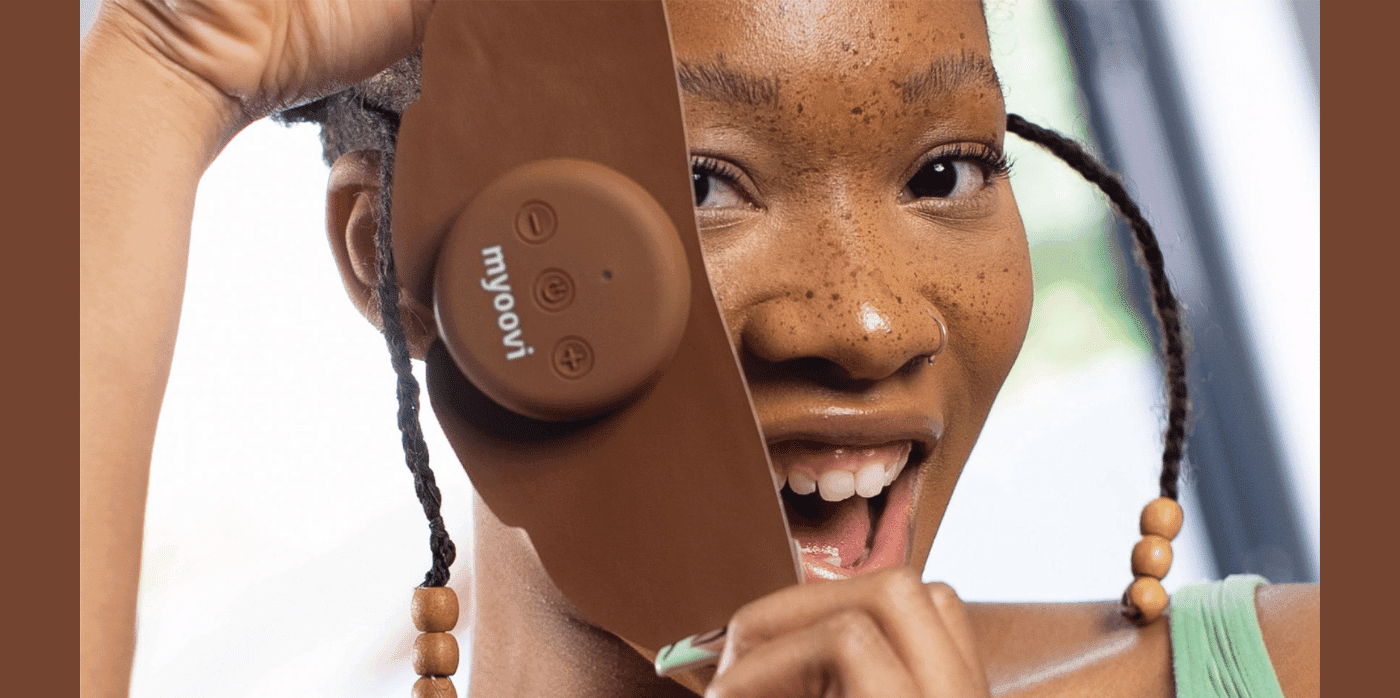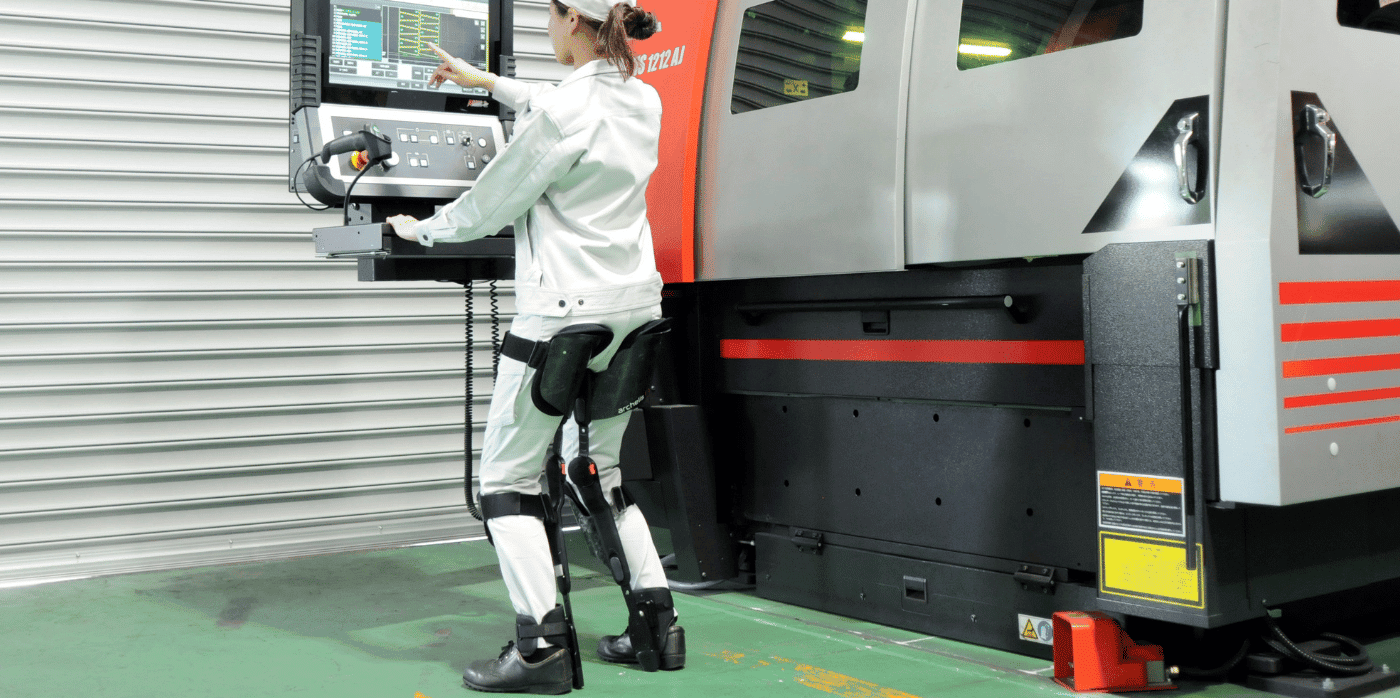A discreet pad to alleviate period pain

Spotted: In 2017, Dutch researchers conducted what was then the largest study of menstruating women and found that those who worked lost nearly nine days of productivity a year due to period pain. Much of that loss of productivity was due to presenteeism; showing up for work despite not feeling well and being unable to complete tasks at the same rate. Since then, campaigners in several countries, including the UK and Spain, are working to make period pain a recognised healthcare issue.
Many doctors, of course, have heard first-hand accounts of the pain women feel during their period, and it is from years of listening to patients that the pain relieving Myoovi patch was created. Designed to fit discreetly under clothing and stay in place for as long as desired, the Myoovi device uses electrical nerve stimulation to reduce pain almost instantly.
Myoovi is a mobile TENS (transcutaneous electrical nerve stimulation) machine, providing the same pain relief patients would get in hospital. Large butterfly patches hold the electrical device in place, either on the back or abdomen, and users adjust the intensity of the stimulation by pushing a button. A single charge generally lasts between five and 10 hours.
Available in three skin tones, the butterfly patches generally work for two to three months, after which the stickiness tends to reduce. Users can buy the device and patches as a one-off or sign up to a subscription service.
Making menstruation products more affordable and accessible is the goal of many innovators. Springwise has spotted a new way to clean reusable period pads, as well as an ad campaign that highlights some of the many experiences people go through as part of the menstruation process.
Written By: Keely Khoury


